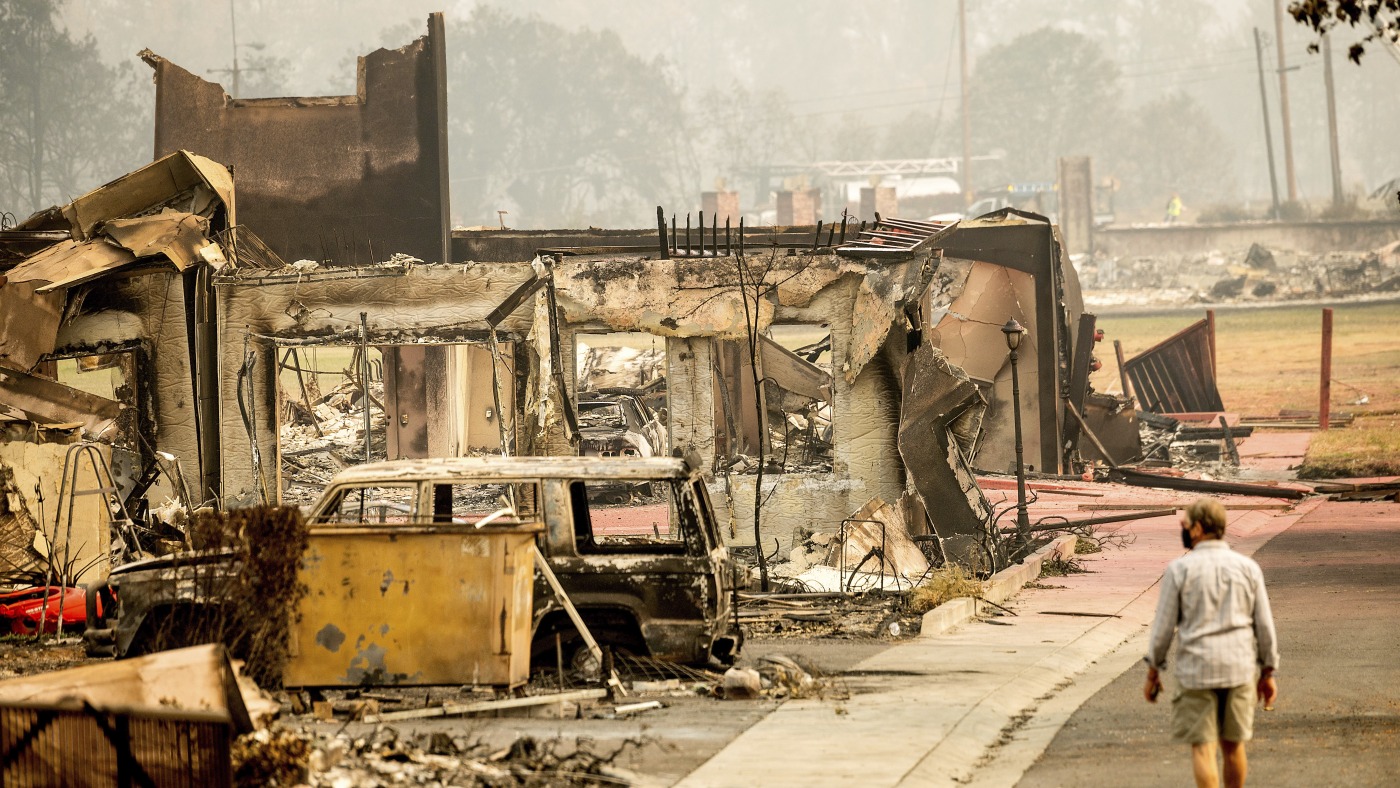Navigating the Intersection of AI and Federal Disaster Management: Insights from FEMA’s Evolution
Artificial Intelligence (AI) represents a transformative force across multiple sectors, with federal disaster management standing as a critical field poised for innovation. Examining FEMA’s recent trajectory—marked by reform efforts and political turbulence—reveals pressing challenges and opportunities where AI could reshape how the United States prepares for, responds to, and recovers from disasters.
Understanding FEMA’s Historical and Contemporary Challenges
FEMA’s struggle to deliver timely, equitable, and effective disaster assistance has long undermined public trust, especially in rural and marginalized communities disproportionately affected by natural catastrophes. The Biden administration attempted to refocus the agency on equity and streamlined support mechanisms, vital as climate change intensifies disaster frequency and complexity. Conversely, leadership upheavals, budget cuts, and philosophical shifts under the Trump administration distracted FEMA from these goals, introducing chaos and delayed aid.
This turbulent backdrop sets the stage for AI’s potential role—not as a panacea but as an essential tool to mitigate systemic inefficiencies and support equitable disaster management.
AI as a Catalyst for Streamlined and Equitable Disaster Response
Enhancing Data-Driven Decision Making
A major hurdle for FEMA has been bureaucratic delays and opaque processes in aid distribution. AI-powered analytics can parse vast datasets — weather forecasts, population vulnerability indices, infrastructure conditions — in real time, enabling faster, more precise allocation of resources. Machine learning models could identify the most impacted communities, especially those historically underserved, helping to target aid more equitably and rapidly.
Predictive Analytics and Proactive Preparedness
By leveraging AI to analyze climate and hazard patterns, FEMA could transition from reactive disaster response toward anticipatory action. Predictive models can forecast disaster impacts with increasing accuracy, allowing pre-positioning of supplies and personnel. This foresight would be especially valuable in rural areas traditionally overlooked due to limited data availability, amplifying Biden-era reform goals.
Automating Administrative Processes
AI excels in automating repetitive administrative tasks that often cause bottlenecks in disaster aid approvals, such as eligibility assessments and documentation verifications. Intelligent workflows could streamline these functions, cutting delays that have plagued FEMA during critical recovery windows, and improving state-federal coordination by standardizing communications and reducing human errors.
Overcoming Political and Organizational Barriers Through AI Integration
Despite these benefits, FEMA’s effectiveness depends not only on technology but on stable leadership and adequate funding. Political interference and leadership turnover risk undermining AI initiatives unless the agency’s structure supports long-term innovation. Proposals to make FEMA an independent entity echo the need for insulation from partisan swings—a prerequisite for sustained AI investment and deployment.
Additionally, ethical concerns must be thoughtfully managed. AI systems tasked with allocation decisions should be transparent and auditable to avoid inadvertently perpetuating existing inequalities. Embedding equity as a core design principle echoes the Biden administration’s vision and counters policy reversals that rolled back such efforts.
A Vision for an AI-Enabled FEMA: Resilience and Equity Through Innovation
The future of federal disaster management, illuminated by FEMA’s recent struggles and reforms, is deeply intertwined with AI’s evolving capabilities. A resilient FEMA empowered by AI can better forecast disasters, efficiently deliver aid, and maintain steady leadership commitment—crucial components when climate change amplifies risk.
By embracing AI responsibly, FEMA has an opportunity to transform from a beleaguered agency into a proactive, agile steward of American communities’ safety and recovery. This transformation requires balanced political will, sustained investment, and a firm commitment to equity so that the benefits of technology reach all corners of the nation—particularly those historically left behind.
Conclusion: Charting an AI-Driven Path Beyond Turbulence
FEMA stands at a crossroads not unlike the one it faces in governance—between erosion and renewal. AI is neither a cure-all nor a shortcut, but an indispensable instrument for modernizing disaster response. With thoughtful integration, it can stabilize FEMA’s fractious past and equip the agency to meet rising disaster challenges with speed, fairness, and foresight.
The lessons from recent FEMA history underscore the urgency: investing in AI alongside cultural and structural reform will determine whether the nation’s principal disaster responder can protect millions effectively when crisis strikes next. Building an AI-enabled FEMA that embodies steadfast leadership, robust funding, and unyielding equity could rewrite the future of federal emergency management—turning a story of political strife into one of innovation and hope.











